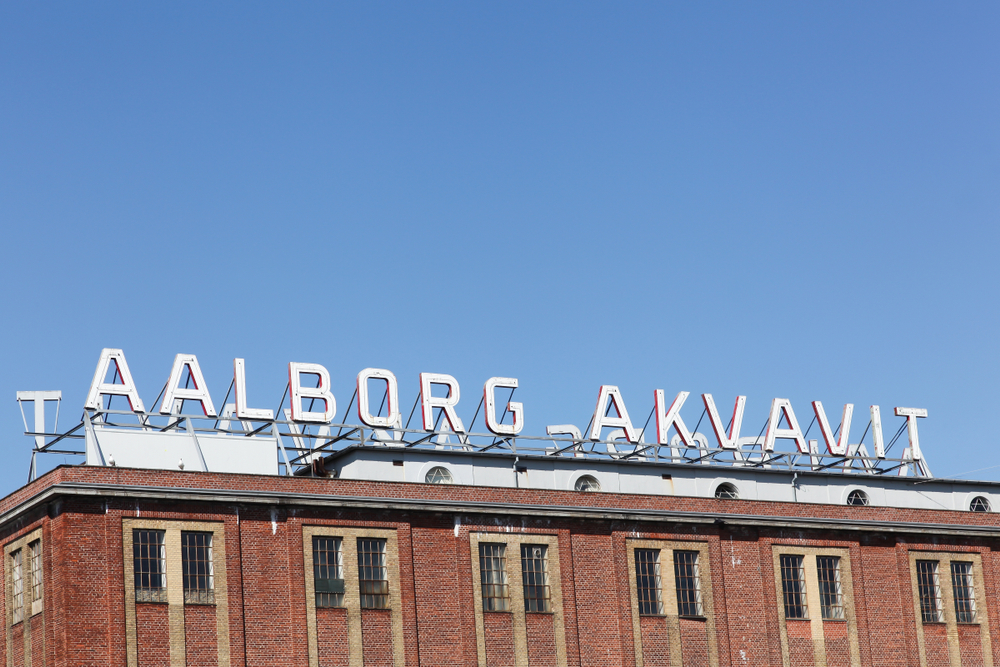Sea-faring people have tended to be known for their thirst, from the Vikings, who plied their trade on the seas, to the British, who, like most Britons, would rather have a glass of wine or a drink than anything else. But there is one group of sea-faring people that has taken particular advantage of alcohol and drinking: these are the Norwegians. Their national drink, Akvavit, was invented in 1811 by Johan Bernhard Bramhi, a local distiller in Norway’s capital Oslo. It became an official part of Norway’s shield law–just as famous today as they were then.
They take small boats to sea. Although the Vikings didn’t have any passenger ships, several European countries made significant contributions to shipbuilding during the last decades of the 19th century and since then. After the First World War ended in 1918, Norway was forced to sell its entire fleet of twelve steel steamships. With so much wood and blast furnaces needed for the War effort, Norway had no explosives for export. Highly skilled engineers were needed, but there wasn’t enough work in Norway. So these men left to work abroad, and many returned with a new skill – shipbuilding.
These new ships were quickly purchased, and Norway’s exports increased significantly. The growth was so successful that Norwegian shipyards built tons of boats of all different types and sizes in the first year after the war.
The Norwegian shipyard “Polar,” which was founded in 1909 by Johan Jonson, as a result, expanded very fast. Jonson had worked for several years as a carpenter on the ships in Copenhagen, including one owned by the Arctic explorer Fridtjof Nansen.
The only thing wrong with this building boom was that there wasn’t enough timber to go around; soon, most of Norway’s land was covered with countless carpenters’ work sites. The men who built the ships were known as “free” or “fair men.” They were called this because they had to be skilled craftsmen.
In 1919, five farmers decided to unite their timber to produce just one ship; “Dovregubbe” was their first union ship. The shipyard was very successful, and soon the yard had a lot of work. As a result, they needed more money, so they started producing freezing equipment. A few years later, the company merged with other companies to form a larger company that has since become Norway’s largest producer of mechanical refrigeration equipment.
Making Akvavit is a highly complex process that takes many years to perfect. For example, it’s not enough to make the right amount of just one type of spirit; instead, it must be blended with distinct quantities of different liquors. If successful, the resulting drink will have a unique taste and aroma; this means the distillers are constantly experimenting with creating something unique. One thing always in demand is the original taste of the liquor, called “the soul.” It can vary yearly, but it must be kept strong and pure.
Akvavit has been an official drink in Norway since 1811 when it was made law that all alcoholic beverages had to be of Norwegian origin. Akvavit is distilled from a mixture of grain, potatoes, and other plants grown in Norway. It’s classified as hard liquor, and its 75 cl bottles are wrapped in red paper with blue seals, just like wine bottles, while the bottle itself has a unique shape and coloring.
Norwegians drink at least as much Akvavit as they do beer or wine. It is probably because its flavor was favored by the Vikings, who didn’t have glass bottles to put their liquor in. A hundred years ago, it was a popular drink amongst fishermen and farm workers, who liked it because it didn’t spoil during long voyages.
Today most Norwegians have at least one bottle of Akvavit on their tables at Christmas time. The liquor is also popular in Sweden, where the drink is called “Snaps,” and in Denmark, it’s called “Akevitt.” Today most Norwegian Akvavit is still distilled near Oslo. The glass gets its character from ingredients such as caraway seeds, aniseed, and cumin seeds that are roasted first. The liquor is left to sit for a few years, after which it becomes a deep amber.
The taste has been described as “aniseed licorice with a hint of sweet licorice,” but the precise ingredients are a secret held by each distiller.







